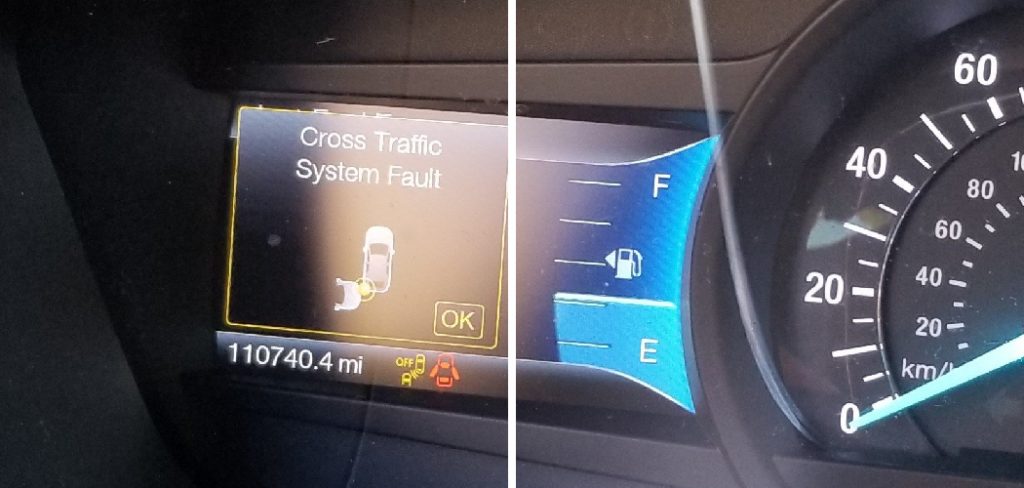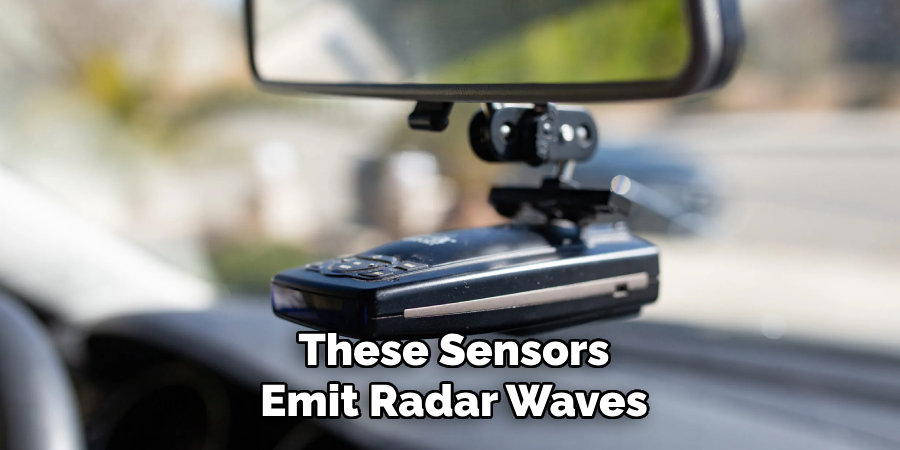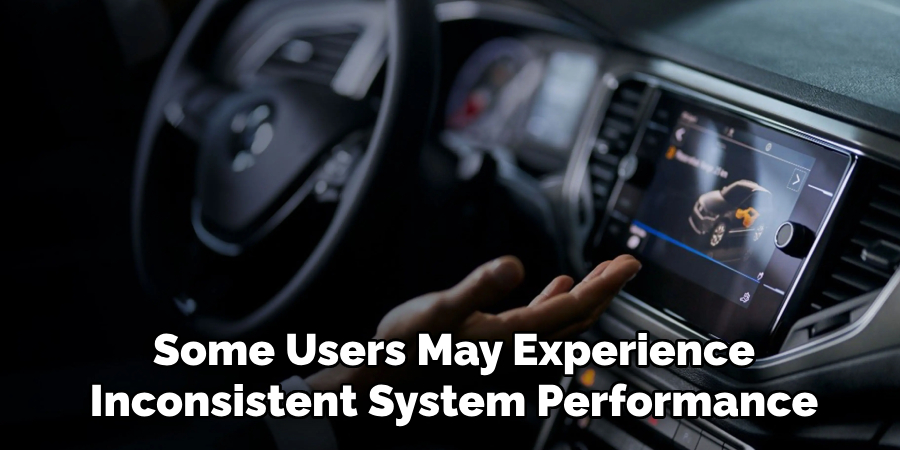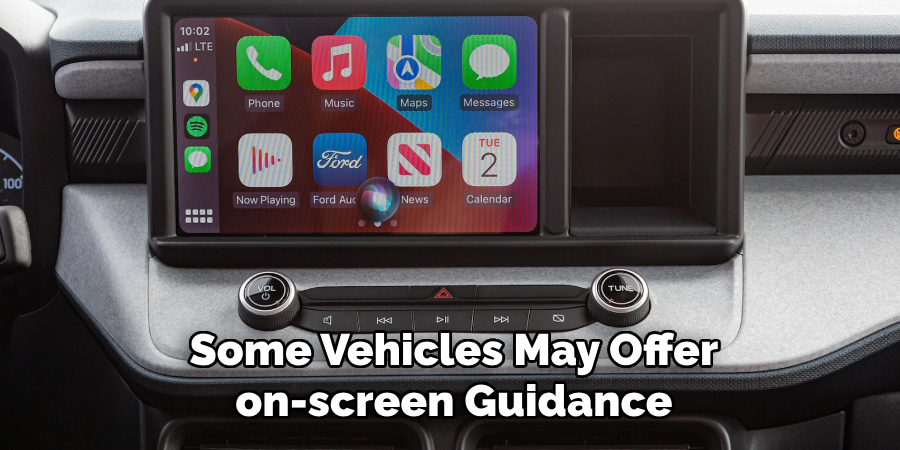The Cross Traffic Alert (CTA) system is an advanced safety feature designed to enhance driver awareness and prevent collisions while reversing. By utilizing radar sensors, the system detects approaching vehicles from either side of the rear, providing timely alerts to the driver. This crucial function can greatly reduce the risk of accidents in crowded spaces or when visibility is limited.

However, when a “Cross Traffic System Fault” warning is triggered, it signifies a potential malfunction in the system that can compromise vehicle safety. This guide provides comprehensive steps on how to fix cross traffic system fault issues, ensuring your vehicle’s alerts function properly.
Diagnosing and resolving these issues involves checking sensor integrity and electrical connections and performing necessary recalibrations. Through prompt attention and routine maintenance, the reliability and effectiveness of the Cross Traffic Alert system can be maintained for safer driving experiences.
Understanding the Cross Traffic Alert System
The Cross Traffic Alert (CTA) system is a sophisticated safety feature incorporated into modern vehicles, designed to enhance driver awareness during reversing maneuvers. Utilizing advanced radar sensors, the system continuously monitors the presence of approaching vehicles from the sides at the vehicle’s rear. When a potential risk is detected, the system provides timely visual or audible alerts to the driver, thereby reducing the likelihood of collisions in congested areas or scenarios with limited visibility.
Explanation of How the Cross Traffic Alert System Works
At the core of the CTA system are radar sensors strategically located near the rear of the vehicle. These sensors emit radar waves that are capable of detecting motion from vehicles approaching the side pathways behind the vehicle. When the radar senses movement within its path, it communicates this information to the vehicle’s onboard computer system.
The computer then processes these signals and triggers alerts or warnings that inform the driver of potential threats. The seamless integration between the radar sensors and the vehicle’s computer system is crucial for delivering accurate and reliable feedback.

Overview of the Components Involved
Key components of the Cross-Traffic Alert system include radar sensors, which detect movement, and the vehicle’s central computer system, which interprets sensor data to identify possible risks. Additional elements such as warning lights, display screens, and sound emitters deliver alerts to the driver. Furthermore, the smooth operation of these components depends on a strong network of electrical wiring and connectors, ensuring consistent communication across the system’s various elements.
Common Causes of the Warning Message
A “Cross Traffic System Fault” warning may arise due to several common issues. Faulty or damaged sensors are a frequent culprit; when sensors are compromised, they cannot accurately detect side-approaching vehicles. Obstructions in the sensors’ pathways, such as accumulated dirt, ice, or snow, might block radar signals, leading to erroneous system readings.
Electrical problems, including blown fuses or problematic wiring, are also known to disrupt system functionality. Additionally, software glitches or issues in system calibration can trigger unexpected warnings, indicating a need for software updates or recalibration efforts.
Symptoms Associated with Cross Traffic System Issues
Symptoms indicating potential issues with the CTA system may include the system failing to engage when needed or initiating audible and visual alerts without any nearby vehicles present. Some users may experience inconsistent system performance, where the CTA alerts function intermittently.
These symptoms can compromise overall driving safety, emphasizing the need for immediate attention and maintenance when such issues are observed. Prompt diagnosis and repair are essential to restore the system’s reliability, ensuring ongoing driver assistance and improved safety outcomes.

How to Fix Cross Traffic System Fault: Initial Diagnosis
Using an OBD-II Scanner
To begin diagnosing a “Cross Traffic System Fault,” an OBD-II scanner is an invaluable tool for reading diagnostic trouble codes (DTCs) related to the Cross Traffic Alert system. First, locate the OBD-II port, usually found under the dashboard near the driver’s seat. Connect your OBD-II scanner to this port to ensure that the scanner is powered on. Once connected, follow the device’s instructions to select the diagnostic mode and initiate the scan process.
Upon completion, the scanner will display any codes associated with the system’s malfunction. Common DTCs relevant to Cross Traffic issues might include codes such as U3000, which indicates a general system failure, or C1103, which points to sensor circuit malfunctions. Understanding these codes is essential: they provide insights into specific components requiring further investigation or corrective action.
Inspecting the Cross Traffic Sensors
Once you’ve identified relevant DTCs, proceed with a visual inspection of the Cross Traffic sensors. Start by ensuring the vehicle is in a safe and stationary position. Examine each sensor, typically located near the rear corners of the vehicle, checking for any visible dirt, debris, or external damage. Clean the sensor surfaces gently using a soft cloth if necessary, as even slight obstructions can mislead radar readings.

Verify the alignment of the sensors; misaligned sensors can result in inaccurate detection and false warnings. Additionally, inspect the wiring and connectors attached to each sensor. Look for signs of fraying, corrosion, or loose connections that could disrupt power or data transfer. It’s vital to check both rear sensors thoroughly, as issues with either can impact the system’s overall functionality. Ensuring the sensors are clean, intact, and properly connected is crucial for accurate system operation and early identification of deeper issues.
How to Fix Cross Traffic System Fault: Common Repairs and Solutions
Cleaning the Cross Traffic Sensors
To maintain accurate functionality of the Cross Traffic Alert system, it is essential to keep the sensors clean. Begin by ensuring the vehicle is stationary and turned off. Use a soft cloth or a non-abrasive cleaner to gently wipe away any dirt or debris from the sensor surfaces, which are typically located near the rear corners of the vehicle.
Avoid using harsh chemicals, abrasive pads, or high-pressure water sprays, as these can scratch or damage the sensors, leading to inaccurate readings or system malfunctions. Regular cleaning not only enhances sensor performance but also extends their longevity.
Checking and Replacing Fuses
Fuses play a crucial role in protecting the electrical integrity of the Cross Traffic Alert system. Locate the vehicle’s fuse box, usually under the dashboard or in the engine compartment. Refer to the vehicle’s manual to identify the specific fuse associated with the Cross Traffic Alert system.
Once located, remove the fuse using a fuse puller or a pair of narrow pliers. Examine the fuse to see if the metal strip inside is intact. If it’s blown, replace it with a new fuse of the same amperage rating. Replacing a faulty fuse is a straightforward process that can restore power to the system and ensure it functions properly.
Testing and Replacing Faulty Sensors
Testing the Cross Traffic sensors with a multimeter can confirm their functionality if they are suspected of being faulty. Disconnect the sensor’s wiring harness and set the multimeter to measure resistance. Attach the multimeter probes to the sensor terminals and check for a consistent reading. Inconsistencies might indicate a malfunction.
Remove any fasteners or clips holding the sensor in place to replace a faulty sensor. Carefully disconnect the wiring, then remove the old sensor. Install the new sensor by positioning it in place and securing it firmly. Reconnect the wiring and ensure the sensor is properly aligned to avoid issues with sensor detection.
Reprogramming or Recalibrating the System
Recalibration of the Cross Traffic Alert system is crucial following sensor replacement or adjustment. This process ensures that the new or adjusted sensors correctly interpret and respond to radar signals. Recalibration can often be performed using specialized diagnostic equipment available at automotive service centers or dealerships.
Alternatively, some vehicles may offer on-screen guidance through the in-car display system for sensor recalibration. Proper recalibration guarantees that the system delivers accurate alerts and maintains optimal safety performance while driving. Regular service check-ups can also help identify the need for recalibration, ensuring the Cross Traffic Alert system remains a reliable safety feature.

Resetting the Warning Light
Power Reset Method
Performing a power reset is straightforward to clear error codes for the Cross Traffic Alert system. Start by ensuring the vehicle is parked safely and turned off. Use appropriate tools to disconnect the negative terminal of the vehicle’s battery. Leaving the battery disconnected for at least five minutes is essential, allowing the vehicle’s electronic systems to reset. Any lingering error codes, including those causing the warning light to activate, may be cleared from the system’s memory during this time. After waiting, reconnect the battery terminal securely and ensure all electrical connections are tight.
Once the battery is reconnected, start the vehicle and check if the warning light has turned off. This method is not always a guaranteed fix, but it can be an efficient first step in troubleshooting Cross Traffic Alert system issues.
Using an OBD-II Scanner to Clear Codes
If the warning light remains on after a power reset or as a precautionary measure, clearing DTCs with an OBD-II scanner is recommended. After all necessary repairs, connect the scanner to the OBD-II port, turn on the system, and follow the scanner’s instructions to access diagnostic trouble codes. Select the option to clear all DTCs, reset the system, and potentially turn off the warning light. After clearing the codes, it’s important to start the vehicle and verify that the warning light does not reappear. If it does, this could indicate a persistent issue that requires further diagnosis. Rechecking sensor connections and recalibrating the system may be necessary steps to ensure the issue is fully resolved.

Preventive Maintenance Tips
Regular Sensor Cleaning
Routine cleaning of the Cross Traffic sensors is critical in maintaining the effectiveness of the alert system. Over time, dirt, grime, and other environmental contaminants can accumulate on the sensor surfaces, potentially interfering with accurate signal transmission and system performance.
To prevent such issues, checking and cleaning the sensors regularly is recommended, especially before seasonal changes or after driving in harsh conditions like rainy sprinkles, snowy roads, or dusty trails. Use a soft cloth and gentle cleaning solution to wipe away debris, ensuring care to avoid scratches or damage that might compromise sensor functionality. Regular maintenance ensures optimum system performance and prolongs the sensor’s service life.
Routine Inspections
Scheduling periodic inspections of the Cross Traffic Alert system is equally vital for identifying potential concerns early. These inspections should examine the sensors, wiring, and connectors for any signs of wear, corrosion, or physical damage. By addressing any anomalies promptly, such as frayed wires or loose connections, you prevent degradation of system performance and reduce the risk of more severe malfunctions in the future.
Regular inspections can be integrated into the vehicle’s overall maintenance routine and performed by professionals with the skills to identify and rectify issues before they adversely impact the system. This proactive approach is essential for ensuring consistent safety and reliability of the Cross Traffic Alert system over the vehicle’s lifespan.
When to Seek Professional Help
While many minor issues with the Cross Traffic Alert system can be resolved through basic troubleshooting, there are instances where seeking professional help is crucial. One significant indicator is the persistence of unresolved warning messages despite systematic troubleshooting efforts like sensor replacement and system recalibration. Persistent warnings often suggest underlying problems that may not be immediately obvious or accessible without specialized diagnostic equipment. In such cases, consulting a qualified mechanic experienced with advanced diagnostics is essential, particularly for complex electrical and wiring issues that require in-depth analysis and expertise.
Professional inspections offer numerous benefits that ensure the Cross Traffic Alert system functions correctly. One of the primary advantages is the access to specialized tools and diagnostic equipment that professionals have, enabling them to identify and address issues that might be unnoticed during regular inspections. This equipment, coupled with their expertise, allows for a comprehensive system evaluation, ensuring any obscure or intricate problems are accurately diagnosed and remedied.

Moreover, a professional’s thorough inspection often includes checking components that are difficult for the average car owner to assess, such as internal wiring, electronic modules, and hard-to-reach connectors within the vehicle. By investing in a professional inspection, you not only guarantee a reliable and safe Cross Traffic Alert system but also extend the longevity of the vehicle’s advanced safety features. This proactive approach ultimately enhances your driving experience by ensuring optimum functionality and safety.
Conclusion
In addressing a “Cross Traffic System Fault” warning, the crucial steps involved include conducting a power reset, using an OBD-II scanner to clear codes, and performing regular maintenance. Initially, disconnecting the battery may resolve minor issues, while an OBD-II scanner helps in clearing persistent diagnostic trouble codes. Routine inspections and cleaning of the sensors mitigate dirt-related disruptions, ensuring efficient system performance.
Following preventive maintenance practices, such as regular sensor cleaning and scheduled system inspections, is essential to keep the Cross Traffic Alert system functional and avoid future faults. Promptly resolving any system warnings ensures the safety and reliability of your vehicle’s features and enhances your driving experience. Understanding “how to fix cross traffic system fault” enables you to maintain an effective defense against potential road hazards, ultimately prioritizing your safety and that of others on the road.
